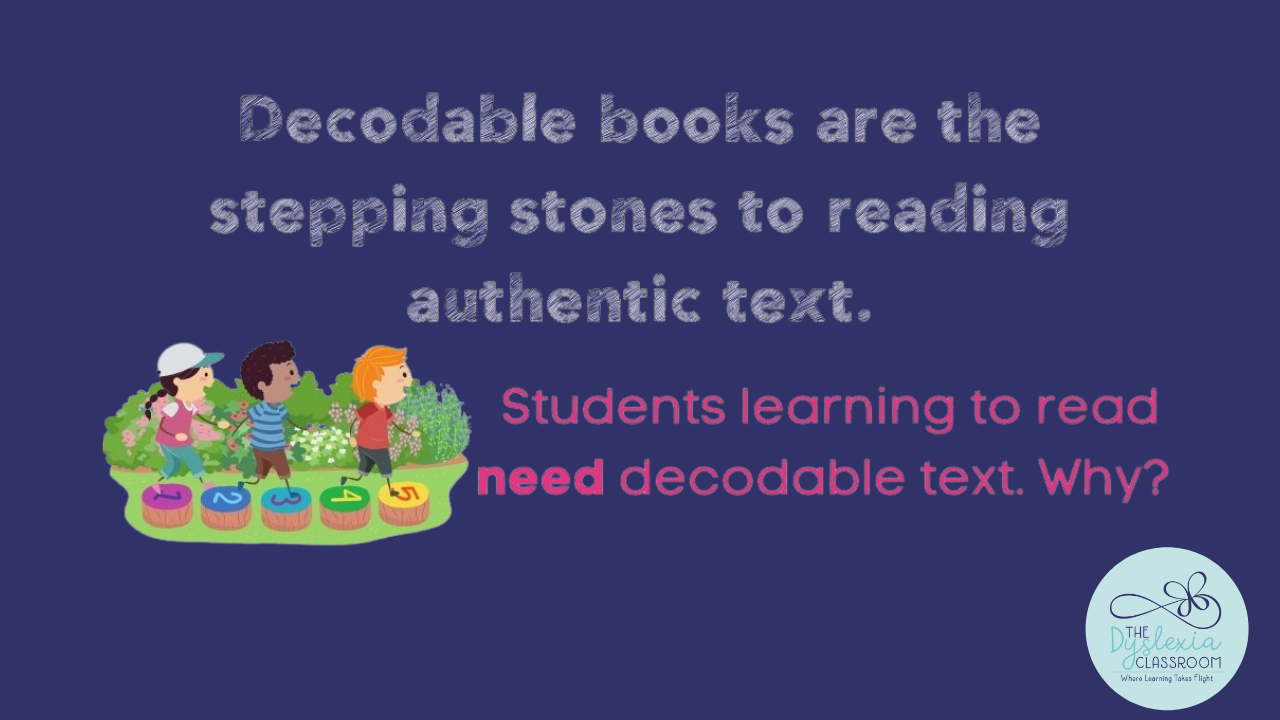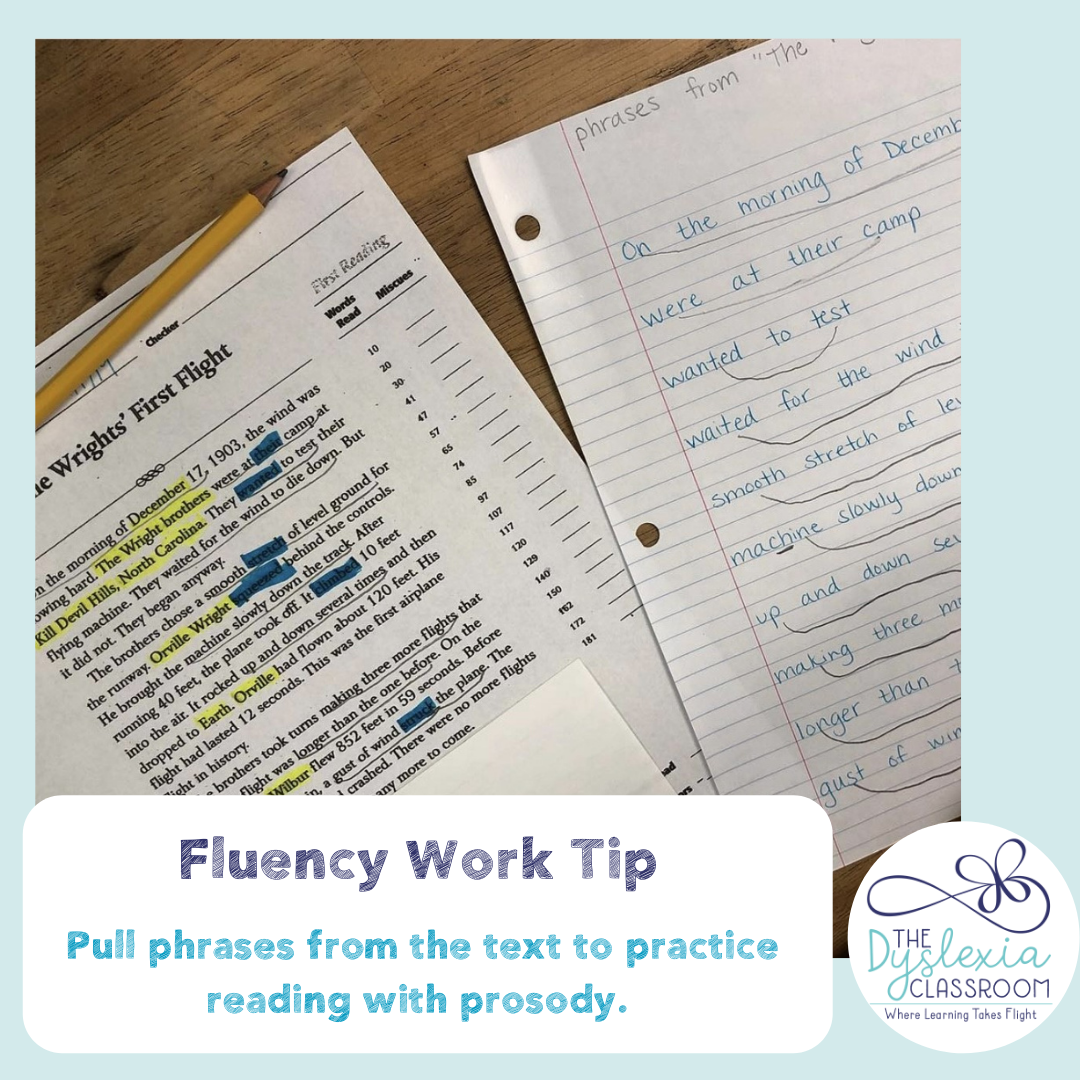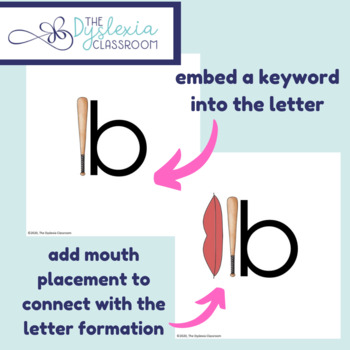Decodable Books Are Stepping Stones Needed To Access Authentic Text

When I was in high school, I decided that I wanted to become a competitive diver. I was fascinated with those brave athletes who would climb the tower to the ten-meter platform and hurl their bodies off the top with grace and enter the water with the quietest splash. They made it look so easy.
I had played around a bit at the community pool and could do some of the introductory dives and flips, and yet, no one would expect me, as a novice diver, to climb to the top of the tower and be able to perform.
Instead, I met with my coaches every day before school at 6 am to learn the necessary skills. I practiced the same dives repeatedly, improving based on the immediate corrective feedback provided by my coach. With each gained skill, another was added, allowing me to gain the skills required to advance to compete at the collegiate level. Without the foundational stepping stones to gain skills, this wouldn't have happened.
Athletes are trained by establishing the necessary foundational skills that are the building blocks for the more complex skills. Many of these foundational skills need to be learned to automaticity - so that muscle memory takes over and the athlete doesn't have to think about the steps. This is why repetition is part of any athletic training. We want to have things be automatic as we gain strength and skill.
Sending me up to perform a dive without proper coaching and practice could lead to injury, mental scarring, and incorrect form that would take much longer to correct. No coach will approach teaching someone to dive this way, yet this approach is often used with beginning readers.
We often skip over the necessary foundational skills needed to create efficient readers in our current educational system. This comes from misunderstandings, belief systems, or curriculums that shift learning away from the science of reading. When this happens, we miss the importance of developing automaticity in the basic skills like letter knowledge, handwriting, sound-symbol correspondences, and decoding that help establish the necessary skills for word reading.
When our students don't have these foundational stepping stones, they struggle to reach efficient reading. We can view decodable texts as the stepping stones to reading authentic texts.
Creating Stepping Stones for Students Learning to Read
Link speech to print at the letter level
We can begin with the importance of connecting speech sounds to the letter representations. Automatic reading involves developing solid linkages between sounds and their letter representations, leading to fast and accurate retrieval and transfer of this letter-sound knowledge when reading known and unknown words. Research has shown that it is essential for struggling readers to have structured, systematic, and focused instruction when explicitly learning to read. As teachers and dyslexia therapists, we need to be prescriptive and diagnostic in our approach, explicitly teaching phoneme-grapheme linkages, which builds automaticity on the sound-letter level. We can take this knowledge and transfer it to word reading. 
Word reading
Students with dyslexia struggle with accurate and automatic reading at the word level. Provide students with ample opportunities to link their sound-symbol knowledge to decoding and reading of single words.

Phrases
Students can begin to shift their automaticity work in reading phrases. This can help students develop prosody (appropriate rhythm and intonation). An effective strategy to implement phrasing is to pull phrases from decodable passages and scoop them appropriately. This focused work on phrasing helps students shift their focus of "reading fast" to what fluency truly is: the ability to read with automaticity, expression, and accuracy to comprehend what is being read.
Sentences
Moving to decodable sentences is an effective way to practice those foundational skills of sound-symbol correspondences with reading in a controlled setting. Reading decodable sentences provides students with the application of learned skills to reading. When working with my students, I will cut our decodable sentences into strips and use them with a simple gameboard. It is a fun and easy way to build in lots of reading!

Decodable passages and books
We MUST provide students with ample opportunities to read texts that help them create the necessary neural pathways in their brain to unlock the reading code. For this reason, decodable texts are essential for beginning and struggling readers.
When we provide students with a text directly connected to the sound-symbol relationships (phoneme-grapheme correspondences) taught, we are providing them with the opportunity to engage in the orthographic mapping process, which is needed to unlock the reading code. When choosing decodable text, we want to be thoughtful of what we have previously taught.
Not all decodable texts are created equal. We want students to practice reading with texts that allow them to practice those skills explicitly taught using the speech-to-print approach.
Decodable books/text are designed as stepping stones for students to use as they develop their reading skills. They allow students to sound out words instead of guessing or pulling their eyes away from the print.
Does this mean that we only use decodable books during the day? Of course not! Do we keep students in decodable books forever? No!
We want to provide students with multiple texts throughout the day with reading aloud, etc. We MUST provide students with ample opportunities to read texts that help them create the necessary neural pathways in their brain to unlock the reading code.
So, instead of viewing the decodable text as unnecessary or boring, shift your thinking to that of stepping stones, which provide students the access to reach those authentic texts.
If I had viewed the foundational skills of high dives as boring or unnecessary, I indeed wouldn't have found success and most likely would have ended in a very painful bellyflop.
What are some other ways that you support your students who are learning to read? Comment below and share your ideas.
If your students are struggling with letter reversals, this letter reversal activity bundle 👆is for you! These activities are designed to guide and support student automaticity in letter naming and sound production of the most commonly confused letters. Click the image above to read more about this fun, yet effective, activity.
Have a great week!
Casey

This information is the intellectual property of @2016 The Dyslexia Classroom®. Do not use or repurpose without expressed permission from The Dyslexia Classroom®. Please email [email protected] for permission, and give The Dyslexia Classroom® an attribution if you use, reference, or quote/paraphrase copyrighted materials. This includes but is not limited to blogs, social media, and resources.




